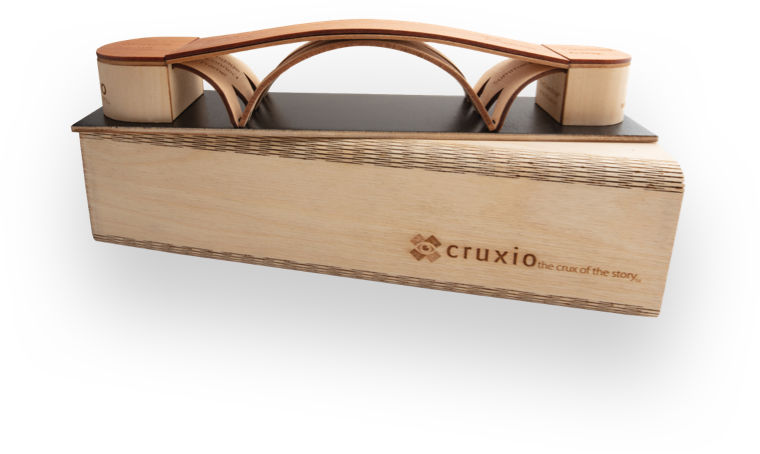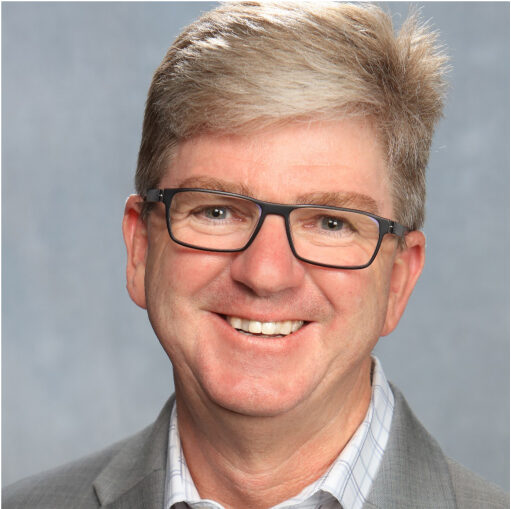About Cruxio
We help executives pitch persuasively through strategy, psychology, and story.
We specialize in life science businesses such as pharmaceutical manufacturing and commercialization, clinical diagnostics, and drug discovery.
Our Clients
We work with senior business leaders
83% of our clients are VP-level or above. Four out of five of these individuals have returned to work with us again. They tell us that they value the rigorous logic of our processes, the clarity of message, and the power of speaking to people’s hearts and minds.
More than 90% of the executives we work with are in fields that identify disease, treat it, or work to understand it.
Our clients include several of the world’s largest pharma and clinical diagnostics companies, including Roche, Genentech, Novartis, Johnson and Johnson, AstraZeneca, Lonza, Abbott, and Cardinal Health, as well as biomedical startups seeking investment.

Our Approach
Strategy + Psychology + Story
What has strategy got to do with story?
Business decision-makers want to know three things: Why should I care? Why should I believe you? What do you want me to do?
We equip clients to answer these questions with a clear, persuasive story. We call these “strategic stories” because the thinking behind each story is fundamentally strategic, forms part of a communication strategy, and enables leaders to achieve strategic goals. Each story is tailored to a particular audience, which could be one key decision-maker, a committee of 10, or an audience of 100 or more people.
To communicate, prioritize structure.
Every story has a beginning, middle, and end. Strategic stories are consistently structured so that the opening answers the audience’s question, “Why should I care?” The middle answers, “Why should I believe you?” and the closing explicitly addresses, “What do you want me to do?”
The middle of a strategic story is a set of arguments that have been rigorously structured to support the story’s overarching message.
This adherence to structure creates a rare level of clarity, which is physically and visually represented by the wooden Cruxio Bridge.
To persuade, build relationships.
We firmly believe in the importance of facts, quality data, robust logic, and illustrative examples. However, we also believe in the science behind persuasion, which has demonstrated that decisions are far more influenced by emotion than we’d like to think.
Our approach applies scientific principles that have emerged from decades of research into human decision-making. These principles apply to all aspects of our work: story development, creation of supporting materials (e.g., slides, graphics, videos), and when coaching executives to deliver their stories.

The Cruxio Bridge
At Cruxio, we use the metaphor of a bridge to represent how strategic stories enable business communicators to overcome obstacles as they lead others toward a better future. The structure of these strategic stories is reflected in the design and parts of the wooden Cruxio Bridge model. The model was inspired by Leonardo da Vinci’s Golden Horn bridge design.
The Cruxio Bridge Guide is a highly visual book that explains key concepts embedded in the bridge model. It shows readers how to build their own strategic stories by following our simple, seven-step method.

Rob Wishnowsky
Founder
Biology fascinated me, so I studied science—only to find that lab work is lonely and glassware is not safe around me (I have scars!). I then studied marketing, loved it, and jumped into the commercial side of life science: for 20+ years my focus was persuading business leaders and customers to make big decisions through my roles in sales, marketing, global strategy, and business unit leadership.
Starting Cruxio in 2005 amplified my exposure to persuasion because suddenly I was working with multiple executives whose success depended on motivating others to act. Repeatedly, I saw a gap: many of these leaders struggled to tell their story in ways that resonated.
Viewing their struggles through my commercial lens gave me insights into how to help. It motivated me to delve more deeply into human cognition, organizational change, data visualization, design, story, and persuasion.
Applying this knowledge and experience helps our clients achieve big goals: sometimes in the large-stage setting of a town hall or keynote speech, but more often in situations where a few people make strategic, mission-critical decisions.
I feel fortunate that my path has led to repeated collaborations with clients in the rare intersection between science, strategy, psychology, and story—and to contribute to the extraordinary results that they achieve!
Rob founded Cruxio, Inc., in 2005 to help business leaders get to the “crux” of their story. Before founding Cruxio, he headed the Biochemicals division of Boehringer Mannheim in Australia, and held leadership roles in sales, marketing, and strategy for Roche and Johnson and Johnson in the US.

Wendy Wishnowsky
Workshop Facilitator & Operations Manager
In 2009, as our training business grew, my role expanded from managing operations to helping facilitate team exercises in workshops.
This scope creep didn’t thrill me: my clinical background was a world away from that of business leadership! How could I help executives build strategic stories?
To my surprise, teams found my facilitation helpful. It seems that through years of exposure to Rob’s corporate life and Cruxio’s methodologies, I had absorbed many strategic and persuasion principles.
Now, after more than a decade of facilitating exercises in workshops, I see the same issues in different companies, both large and small. Despite the spaghetti of business terms and acronyms, I can usually identify key issues. From there, I’m able to help workshop participants see how to apply relevant persuasion principles.
“Seeing is believing,” is an essential principle in the field of organizational change. Having worked with more than a thousand workshop participants, I see and believe that by understanding the principles and processes we teach, anyone (even me!) can apply them to become more persuasive, and so, more effective.
Wendy is a registered nurse and midwife who spent more than a decade specializing in pediatrics and neonatal intensive care in Australia.